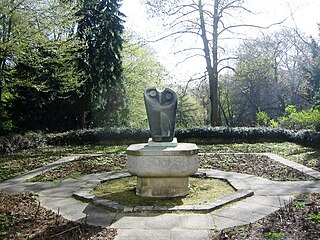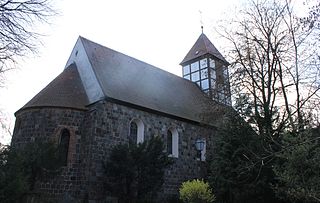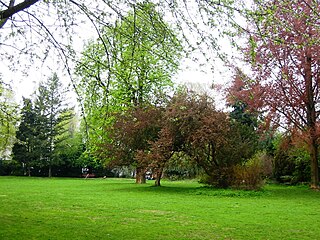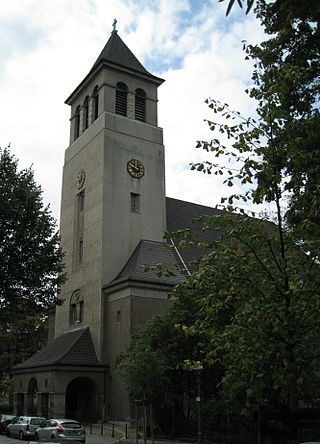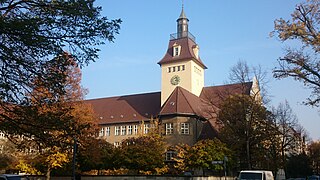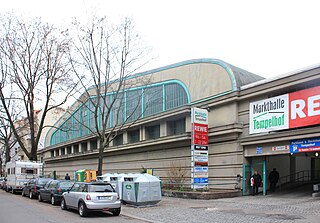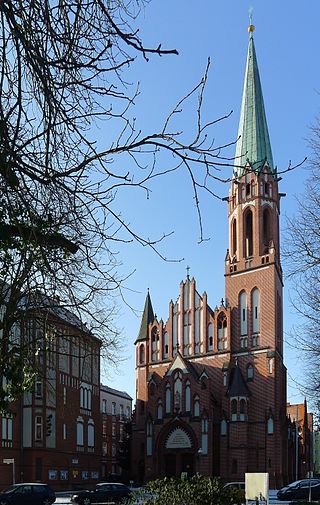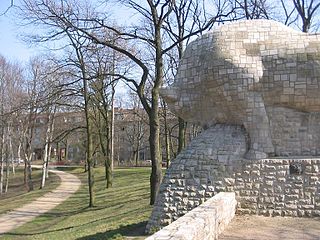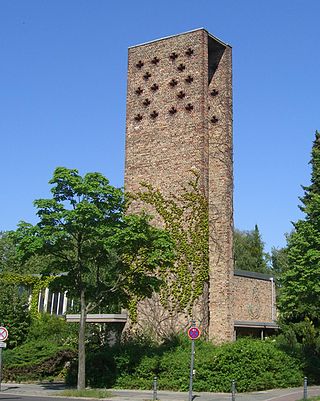Self-guided Sightseeing Tour #14 in Berlin, Germany
Legend
Guided Free Walking Tours
Book free guided walking tours in Berlin.
Guided Sightseeing Tours
Book guided sightseeing tours and activities in Berlin.
Tour Facts
3.1 km
34 m
Experience Berlin in Germany in a whole new way with our free self-guided sightseeing tour. This site not only offers you practical information and insider tips, but also a rich variety of activities and sights you shouldn't miss. Whether you love art and culture, want to explore historical sites or simply want to experience the vibrant atmosphere of a lively city - you'll find everything you need for your personal adventure here.
Activities in BerlinIndividual Sights in BerlinSight 1: Franckepark
Franckepark is located in the Berlin district of Tempelhof between Albrechtstraße and Theodor-Francke-Straße. It is named after the merchant Theodor Francke (1830–1896). The park is part of a chain of parks that, together with the Bosepark, the Alter Park and the Lehnepark, form a local recreation area in Tempelhof.
Sight 2: Alte Dorfkirche
The Tempelhof village church is the oldest of three churches in the Protestant parish of Alt-Tempelhof and Michael. It is located in the Berlin district of Tempelhof in the Tempelhof-Schöneberg district on Reinhardtplatz south of the Alt-Tempelhof street, i.e. on the outskirts of the medieval village of Tempelhof. The current building, renovated after war destruction with a changed tower shape, was built in the second third of the 13th century. Its archaeologically secured predecessor building was built around 1200 and is thus one of the oldest tangible stone buildings in the Mittelmark.
Sight 3: Bosepark
The Bosepark, until 1955 still Neuer Park, is located in the Berlin district of Tempelhof between Bosestraße, Manteuffelstraße, Richnowstraße and Schöneberger Straße. It is named after the tangent Bosestraße, which was named in honour of General Friedrich Julius Wilhelm Graf von Bose (1809–1894).
Sight 4: Glaubenskirche
The Glaubenskirche is a Protestant church in Friedrich-Franz-Straße in the Berlin district of Tempelhof. The building was designed by the Charlottenburg architects Ferdinand Köhler and Paul Kranz, who had already taken over the construction of the secondary school opposite. The three-aisled hall church, built during the First World War, can be attributed to contemporary reform architecture, the plastered masonry building does not have any historicising décor in its external appearance. The church, together with the parsonages and the parish hall, is a listed building.
Sight 5: Askanisches Gymnasium
The Askanisches Gymnasium is a school in the Berlin district of Tempelhof-Schöneberg. In 1875, the school was founded in Berlin's Friedrichsvorstadt under the name Ascanisches Gymnasium, in the building at Hallesche Straße 24–26. It was moved to Tempelhof from 1929 onwards, merged and renamed several times with other grammar schools and reform grammar schools. After 1945 it was called Askanische Oberschule, but was renamed Askanisches Gymnasium in 2012.
Sight 6: Markthalle Tempelhof
The former Tempelhof depot was a tram depot in the Tempelhof district of Berlin, which was used by the Berliner Verkehrsbetriebe until 1961. Since 1875 there had been a horse-drawn tram depot on the property, which was rebuilt in 1899 for electric operation and rebuilt again in 1924/25. The last remaining hall was built according to plans by Jean Krämer and is a listed building. It has been integrated into the T-Dam Center since a renovation in 2014/15.
Sight 7: Herz-Jesu-Kirche
The Herz-Jesu-Kirche in the Berlin district of Tempelhof in the district of Tempelhof-Schöneberg, which was formed in 2001, is a small, free-standing, single-nave church with a square tower. The church was consecrated in 1898 and is now a listed building. The side chapel was not added until 1913 and 1915. The lightly plastered wall surfaces of the masonry building are decorated with pilaster strips and friezes made of red bricks.
Wikipedia: Herz-Jesu-Kirche (Berlin-Tempelhof) (DE), Website
Sight 8: Alboinplatz
Alboinplatz is an inner-city garden monument in the southeast of the Berlin district of Schöneberg in the district of Tempelhof-Schöneberg. The oval square is located in the course of Alboinstraße directly on the border with the Tempelhof district, with only the eastern buildings belonging to Tempelhof. The streetscape of the square and the western buildings belong to Schöneberg.
Sight 9: Michaels-Kirche
The Protestant Michaelskirche is located in the Berlin district of Schöneberg in the district of Tempelhof-Schöneberg on Bessemerstraße near Alboinplatz. It was inaugurated in 1956 and is a listed building.
Share
How likely are you to recommend us?
Disclaimer Please be aware of your surroundings and do not enter private property. We are not liable for any damages that occur during the tours.
GPX-Download For navigation apps and GPS devices you can download the tour as a GPX file.
